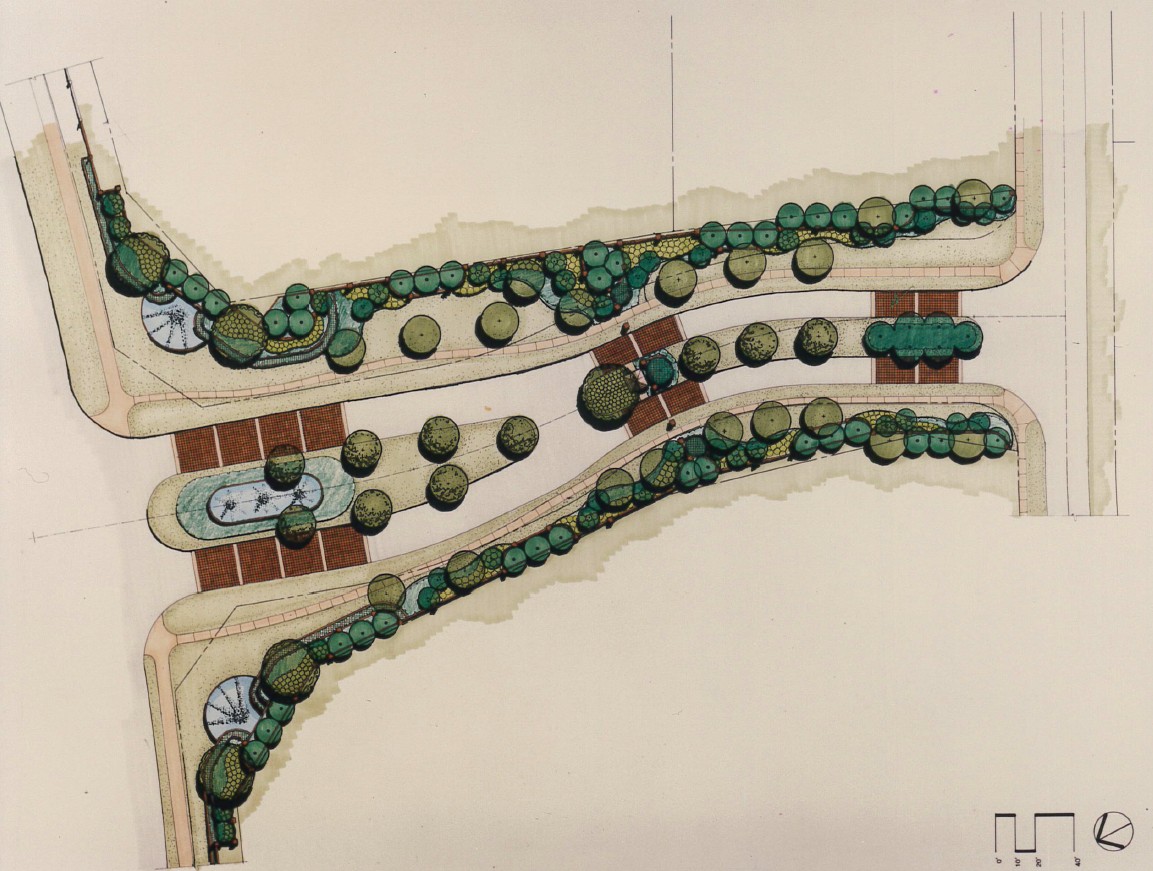

Welcome to our blog series where we highlight the talented professionals shaping CFB. This month, in honor of World Landscape Architecture Month, we’re thrilled to introduce Leroy Chin, Director of CFB’s newly launched Landscape Architecture Division.
Leroy brings over 50 years of expertise in landscape architecture, urban planning, and sustainable site design. His career spans international and local projects, including time in Saudi Arabia, Canada, and Qatar, where he contributed to large-scale urban green spaces, public parks, and mixed-use developments.
Before joining CFB in February 2025, Leroy spent over 20 years with the City of Clearwater’s Parks & Recreation Department, leading public park revitalizations, waterfront developments, and multimillion-dollar landscape design projects exceeding $5 million in value.
Now at CFB, Leroy is excited to bring his passion for thoughtful landscape solutions, resilient urban spaces, and environmentally responsible design to our clients.
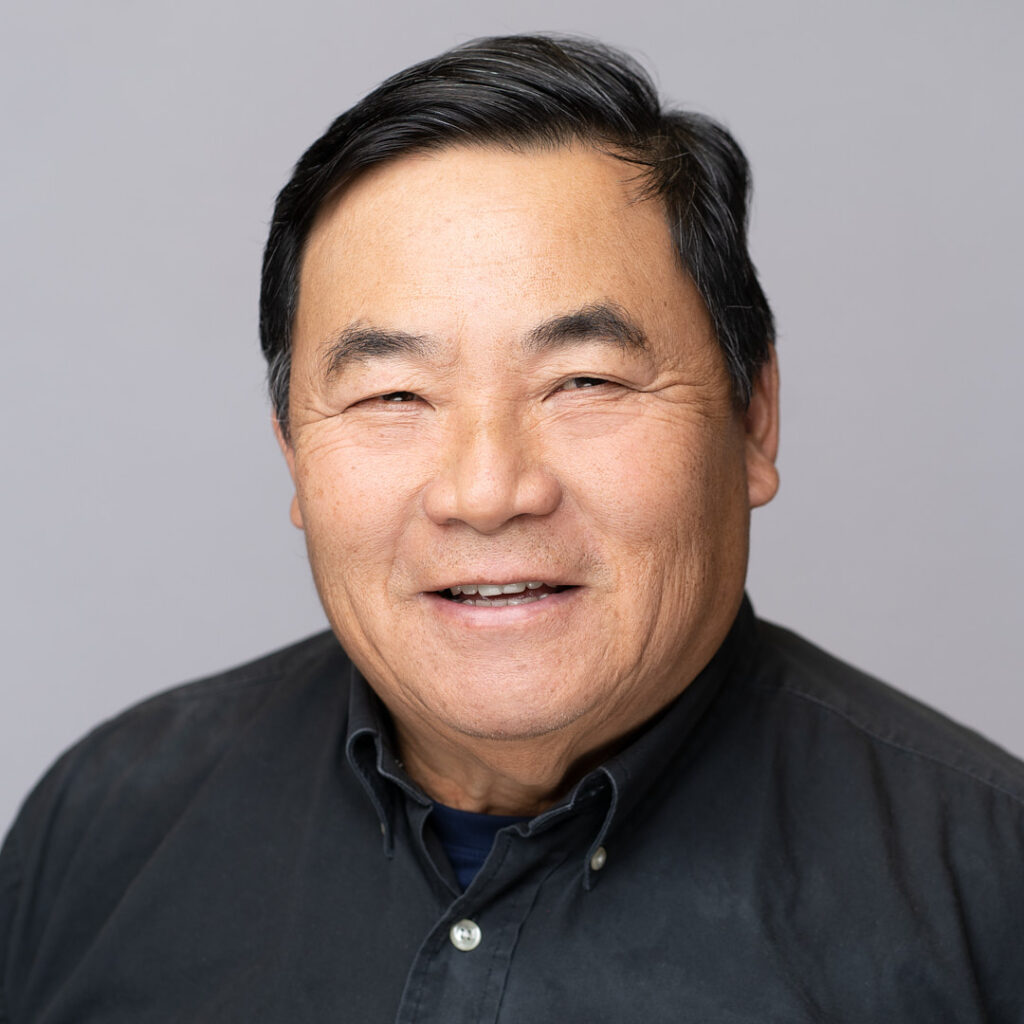
Leroy: The changes over the past 50 years have been unbelievable. As landscape architects, our training has always emphasized environmental awareness and the impact of design on livable spaces. However, in the past, not all design disciplines prioritized sustainable site development—many projects involved clear-cutting land without considering the long-term environmental effects.
Fortunately, that mindset has changed dramatically. Today, there is a greater understanding of the importance and impact of proper planning and environmental stewardship. Sustainable site development is now recognized as essential, ensuring that what we do today benefits future generations, both upstream and downstream of a project site.
Leroy: I believe landscape architecture plays a crucial role in creating vibrant, functional, and sustainable spaces. By thoroughly analyzing each site, we can maximize its natural advantages and integrate design elements that enhance both aesthetics and functionality. This not only leads to more sustainable environments but also generates cost savings for developers while fostering socially and economically livable communities.
Leroy: One of the biggest challenges is balancing a client’s needs and vision, the site constraints, and a defined budget while maintaining environmental integrity. As designers, flexibility is key—we must mold and shape our plans to create functional, beautiful spaces that are both economically viable and enhance the quality of life for users. The ultimate goal is to design environments that not only meet practical needs but also create a lasting “wow” factor that benefits both the community and the natural surroundings.
Leroy: There have been so many! Since moving to Florida in 1983, I’ve had the opportunity to develop numerous communities, and I often revisit them to see how well the designs have aged. It’s always valuable to assess what worked well and identify any refinements I would make in future projects. Fortunately, most have stood the test of time beautifully.
One project that stands out the most, however, was an international endeavor: King Abdulaziz University – Health Science Center in Jeddah, Saudi Arabia. This large-scale medical training and research facility was designed to support academic research and patient care. It was a fast-track construction project covering approximately 127 hectares (313.7 acres) and took five years to complete. With a value of $750 million, the project encompassed every aspect of landscape architecture, including hardscaping, irrigation systems, and the development of an on-site nursery for plant production. It was an incredible experience to work on such a large-scale, high-impact project.
Leroy: The most important consideration is understanding the characteristics of the property being developed and the unique needs of the end user and leveraging them to create a successful, functional design. Clients should focus on enhancing the property’s strengths while addressing its disadvantages in a way that adds value.
Additionally, I always encourage clients to not be afraid to ask questions, “What if we try this?” or “How can we improve that?” Being open to exploring different possibilities only enhances the development of the project.
Leroy: I believe we need to be more responsive to what we do to sustain planet earth. Every decision we make as designers has a lasting impact on the environment, and I believe in following the principle of “do no harm” when creating livable, environmentally responsible spaces. As communities grow, landscape architecture will continue to play a critical role in integrating green infrastructure, resilient design practices, and sustainable solutions to enhance the way people live, work, and interact with their surroundings.
Click to scroll through some of Leroy’s past landscape, hardscape, and roadway projects.
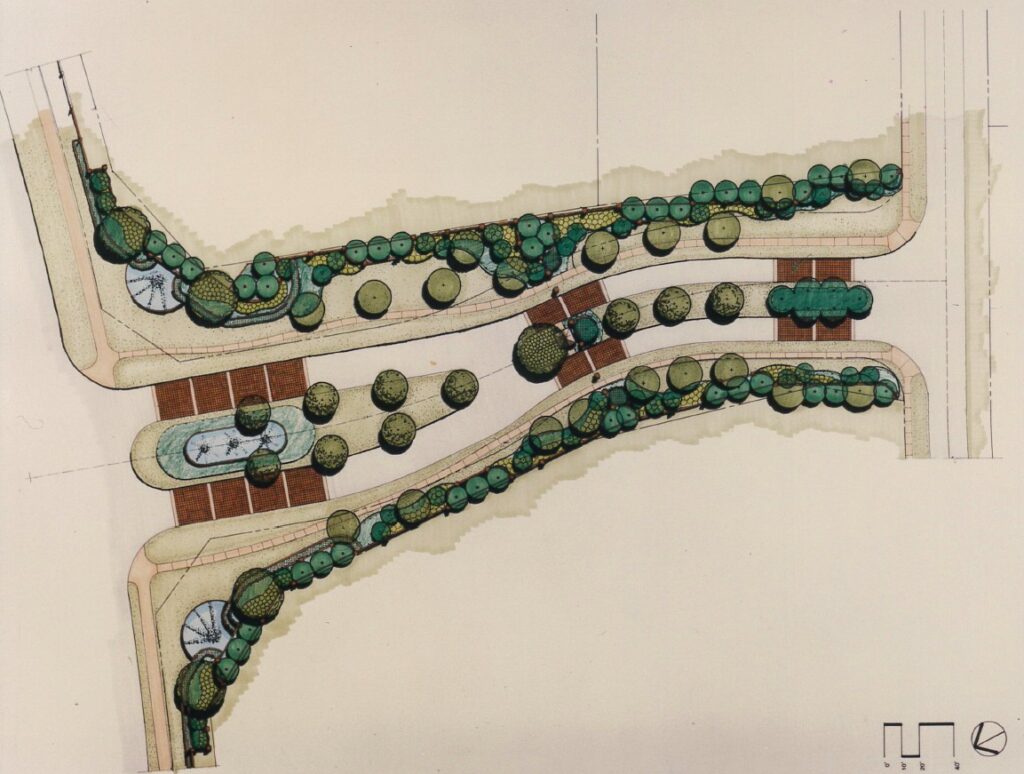
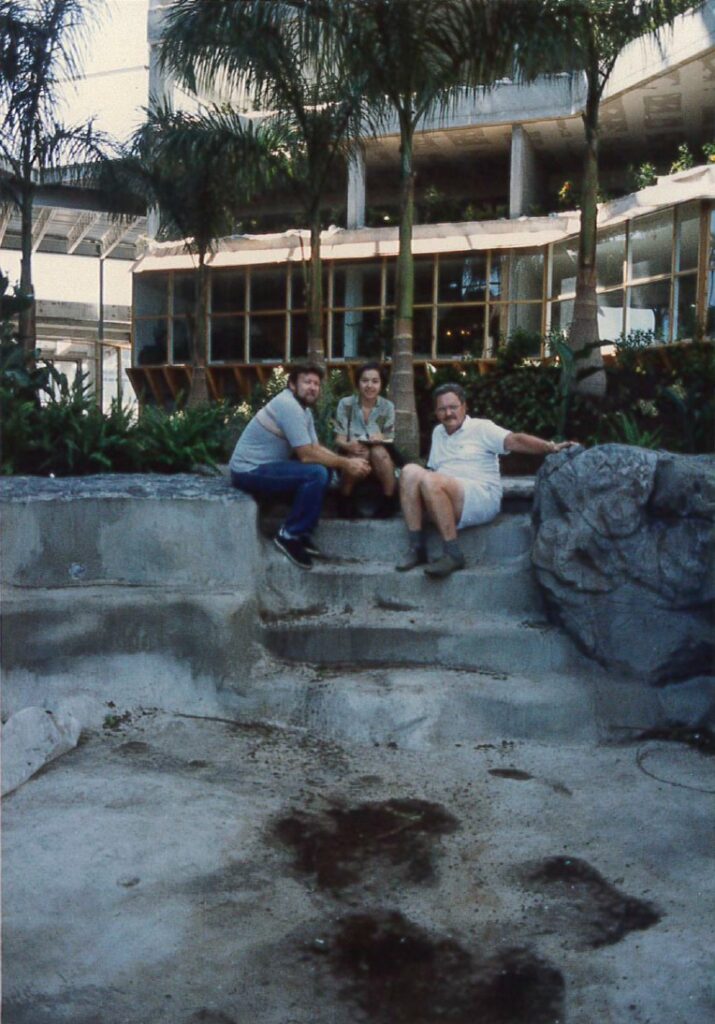
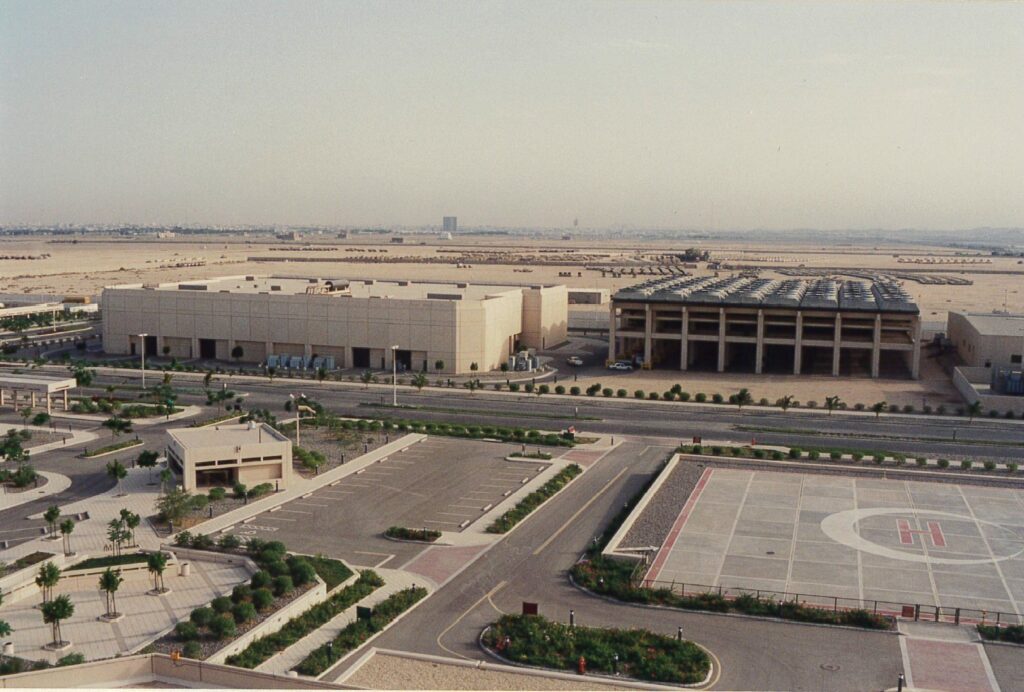
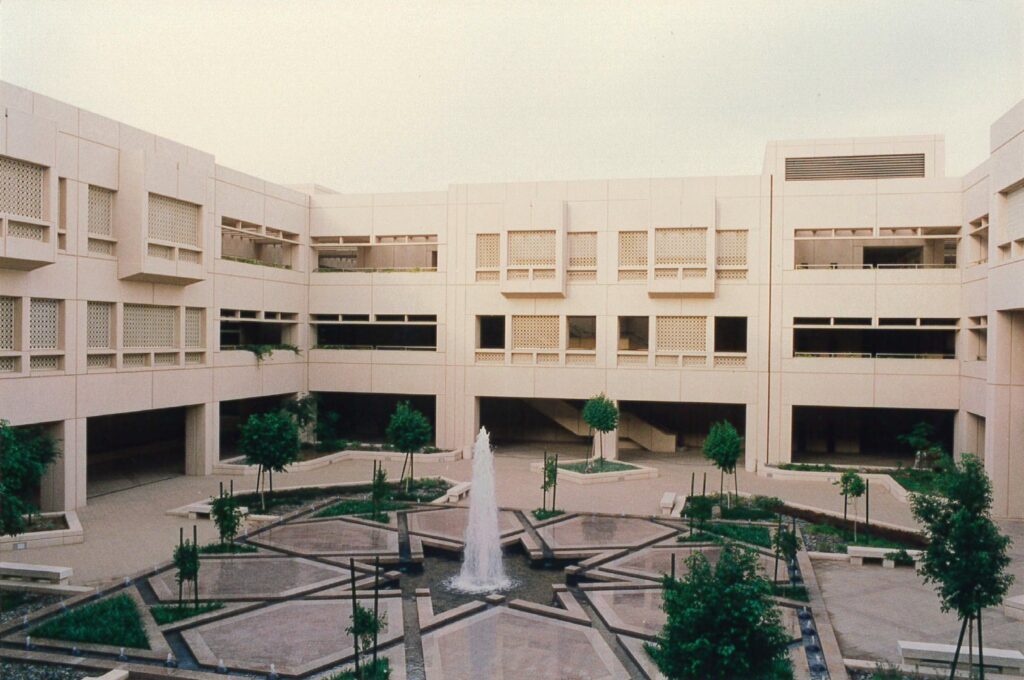

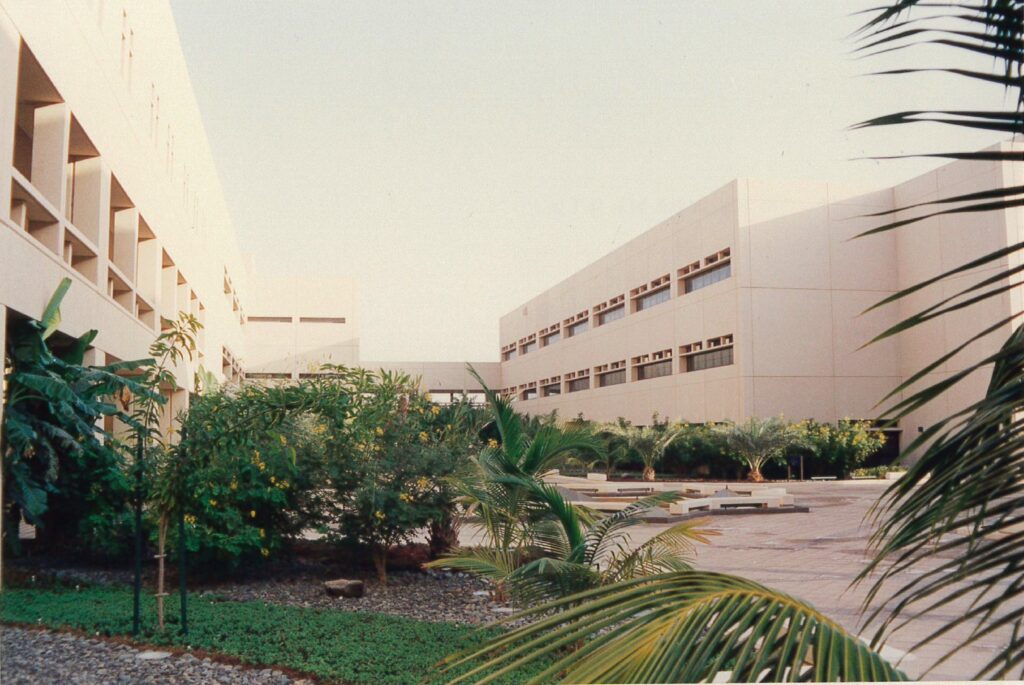
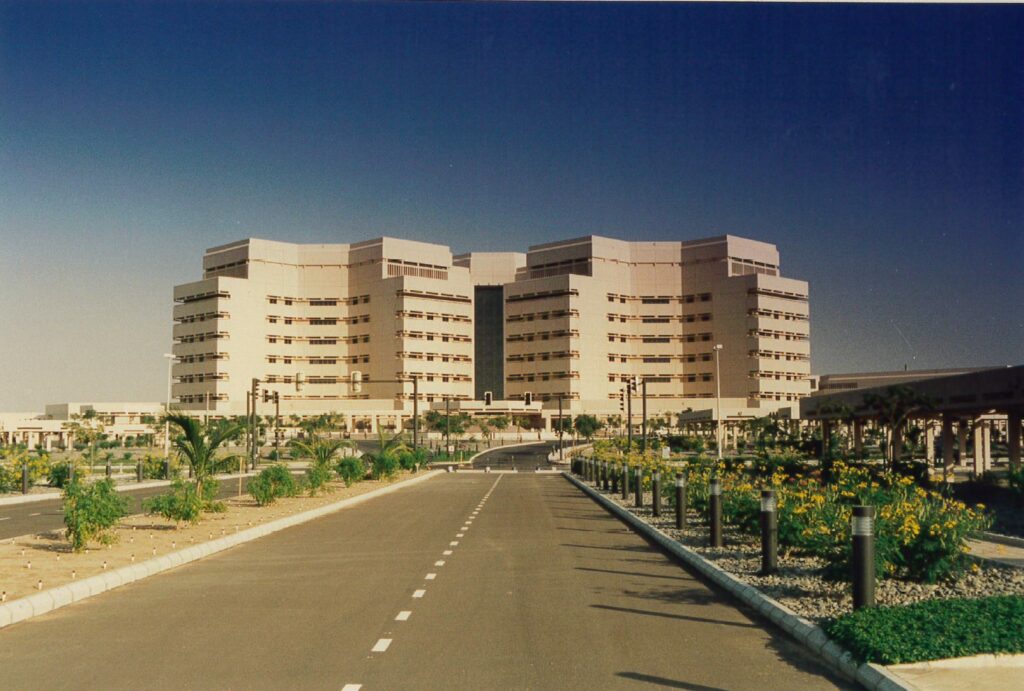
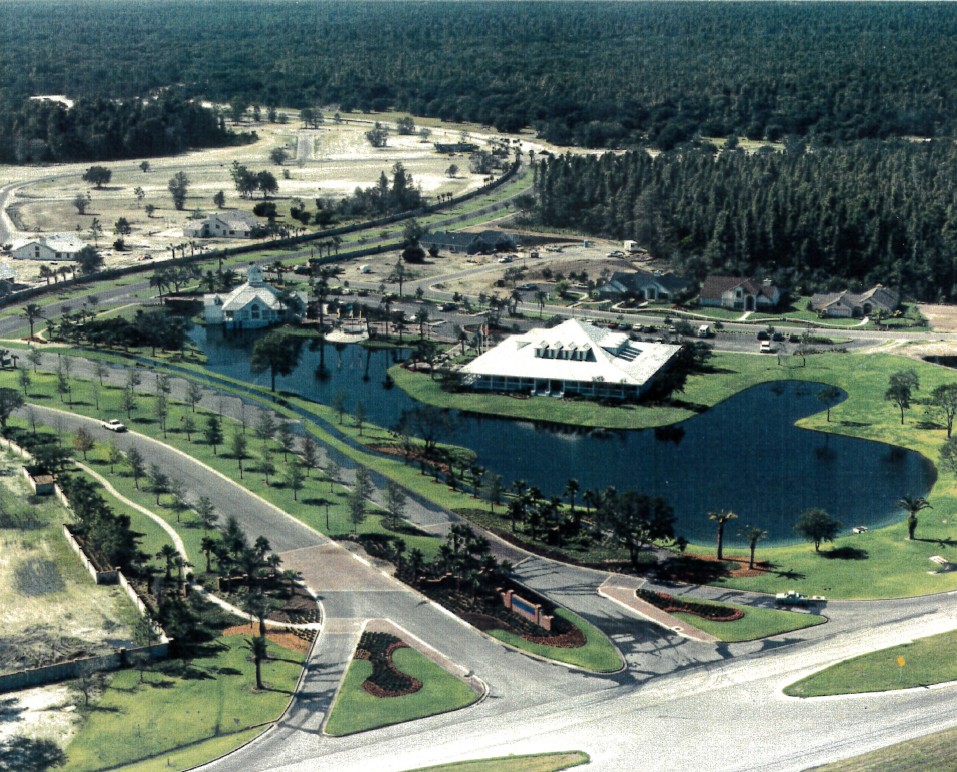
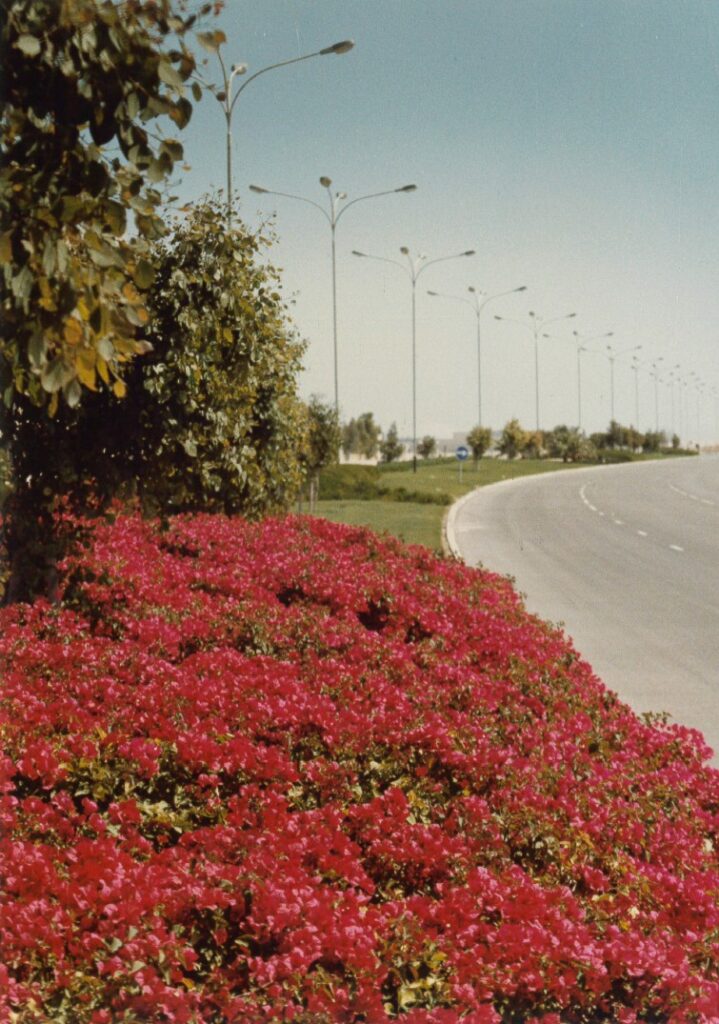
As CFB expands its Landscape Architecture Division, Leroy and his team are committed to delivering high-impact, sustainable, and aesthetically inspiring landscapes for commercial developments, municipalities, and private clients. From park master planning and urban design to native planting strategies and green infrastructure, the future is exciting for CFB’s newest division.
Learn more about CFB’s Landscape Architecture services.
Have a project in mind? Request a Quote!
We're excited to announce that our Wildwood Headquarters has moved to its new location in Middleton!